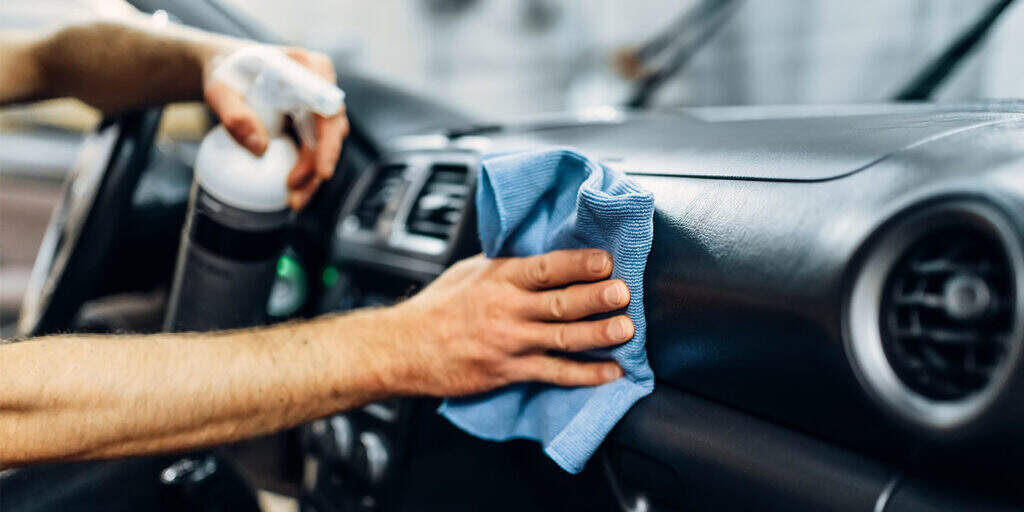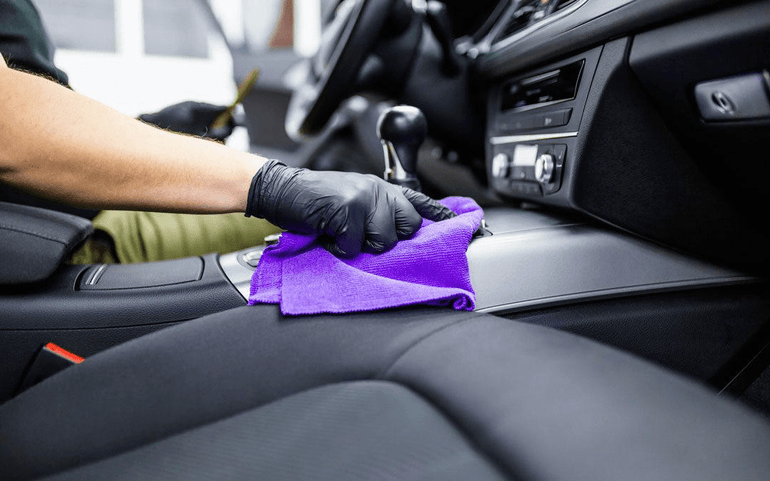
Car Washing and Maintenance
-
Don't Wet the Air Conditioning Unit: When washing your car, avoid getting the exterior of the air conditioning unit wet. Moisture can affect the lifespan of the air conditioning system.
-
Waxing Technique: Many people believe that waxing a car in circular motions is the best way. However, this can actually cause a halo effect on the paint surface. The correct method is to apply wax in straight lines, alternating between vertical and horizontal strokes, and finally in the direction of water flow.
-
Avoid Over-Tightening Bolts: Over-tightening bolts can cause permanent deformation of the connecting parts and reduce the pre-tension force of the bolts. So, don't overtighten them.
-
Best Time to Wash Your Car: Washing your car in the sun is not ideal. Water droplets can act like convex lenses, causing localized high temperatures on the paint surface, which can dull the paint over time. It's better to wash your car in the morning or evening when the sun is not too strong.

Tire and Fuel Choices
- PET Bottles in the Trunk: Most bottled water containers are made of PET plastic, which does not release harmful substances as long as the temperature remains below 120°C. The temperature in a car trunk will not reach such high levels.
-
Avoid Overfilling Fluids: Adding too much of any fluid (such as engine oil, windshield washer fluid, antifreeze, or brake fluid) is not recommended. Overfilling engine oil, for example, can lead to increased carbon buildup in the combustion chamber and reduced engine power. Always follow the manufacturer's recommended levels.
-
Gasoline Octane Rating: The octane rating of gasoline should be chosen based on the engine's compression ratio. Using higher octane fuel than necessary is a waste of money and does not provide additional benefits.

Driving and Fuel Efficiency
-
Higher Ground Clearance is Not Always Better: For city driving, a high ground clearance is unnecessary. A higher center of gravity can reduce vehicle stability at high speeds.
-
Idling in Neutral: Some people believe that shifting to neutral and applying the handbrake while waiting at a traffic light saves fuel. However, for short stops, simply keeping the foot on the brake is sufficient. The fuel savings from shifting to neutral are minimal and not worth the extra effort.
-
Neutral Gear Gliding: Modern fuel-injected engines can actually stop fuel injection during gear-engaged coasting, whereas coasting in neutral will cause the engine to idle and consume more fuel. Additionally, coasting in neutral can be dangerous.
-
Air Conditioning and Fuel Efficiency: Running the air conditioning can slightly increase fuel consumption, but not using it and opening the windows at high speeds can increase drag and potentially consume more fuel. Moreover, not using the air conditioning for extended periods can damage the compressor.
-
Manual vs. Automatic Transmission: Modern automatic transmissions have improved significantly and can be just as fuel-efficient as manual transmissions. The old notion that manual transmissions are always more fuel-efficient is outdated.
Engine and Safety Myths
-
Overheated Radiator: Adding cold water to an overheated radiator can cause the cylinder head to crack due to sudden temperature changes. Instead, turn off the engine and let the cooling system cool down naturally before adding water.
-
Turbocharged vs. Naturally Aspirated Engines: Turbocharged engines only work efficiently at higher RPMs. At lower speeds, they can be less responsive than naturally aspirated engines. Additionally, turbocharged engines generally have higher maintenance costs and may consume more fuel when running the air conditioning.
-
Bumper Beams and Safety: Many people believe that a bumper beam is crucial for passenger safety. However, the overall vehicle structure and the use of high-strength steel in critical areas are more important for passenger protection. Bumper beams only provide auxiliary energy absorption.
-
Thicker Body Panels: While thicker body panels may reduce damage in minor collisions, they do not necessarily provide better protection for passengers. The strength of the vehicle's frame is more critical for safety.
-
Heavier Cars are Not Always Safer: A heavier car may simply have less advanced lightweight design or lower frame strength. Weight alone is not a reliable indicator of safety.
-
Independent Suspension: While independent suspension generally offers better handling, many non-independent rear suspension systems are now well-tuned and can provide a comfortable ride with more spacious rear seating.








